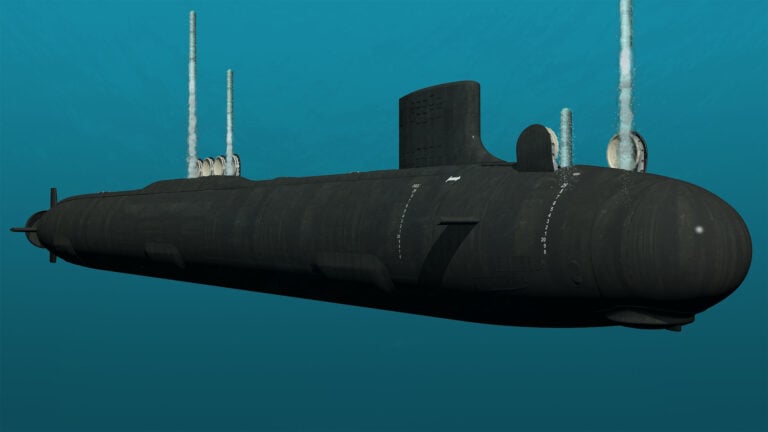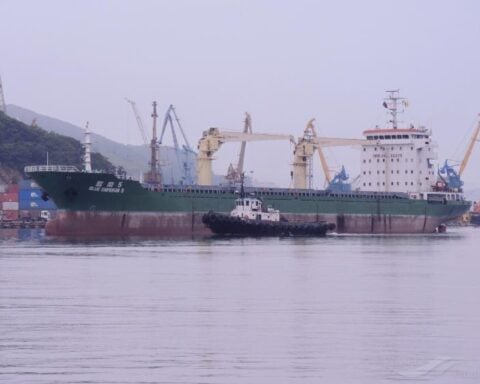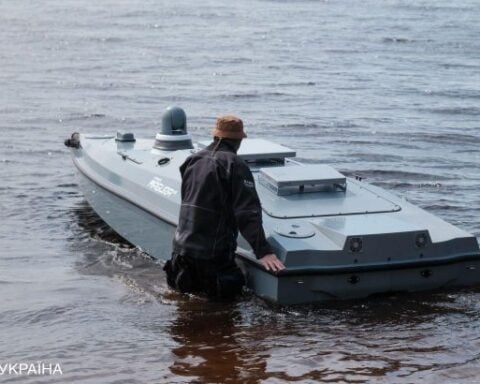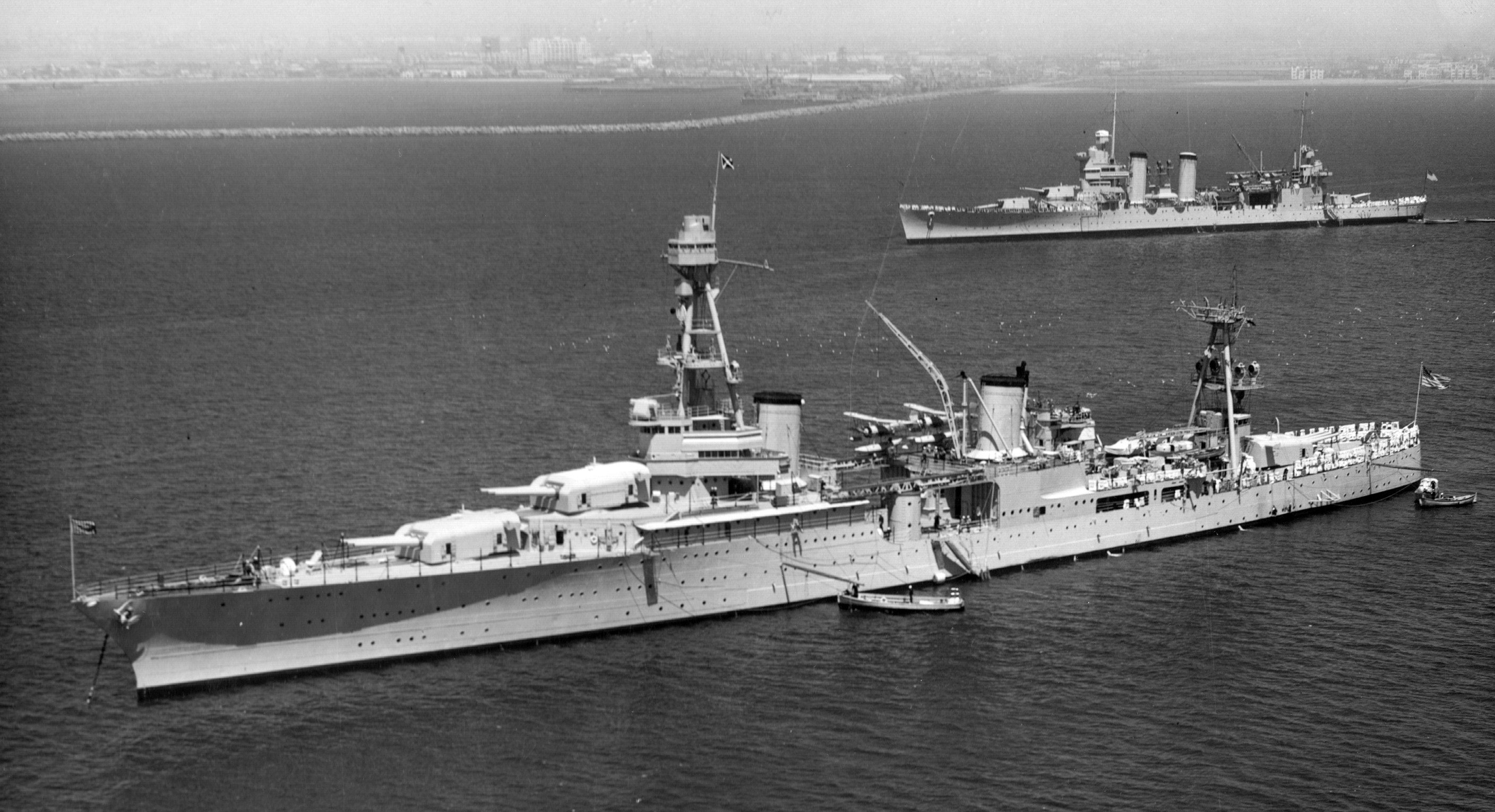
A new sonar survey has found the World War II wreck of cruiser USS Houston (CA-30) mostly undisturbed, while the status of nearby wreck of Australian warship HMAS Perth is less clear, according to information from the U.S. Naval History and Heritage Command provided to USNI News.
The results of the December survey in Indonesian waters – conducted by the Australian National Maritime Museum (ANMM) and the National Research Centre of Archaeology Indonesia – temporarily allays concerns of those who feared Houston had met the same fate of other World War II ships that have been damaged or removed entirely by illicit scrapping operations, as reported by several British news outlets late last year.
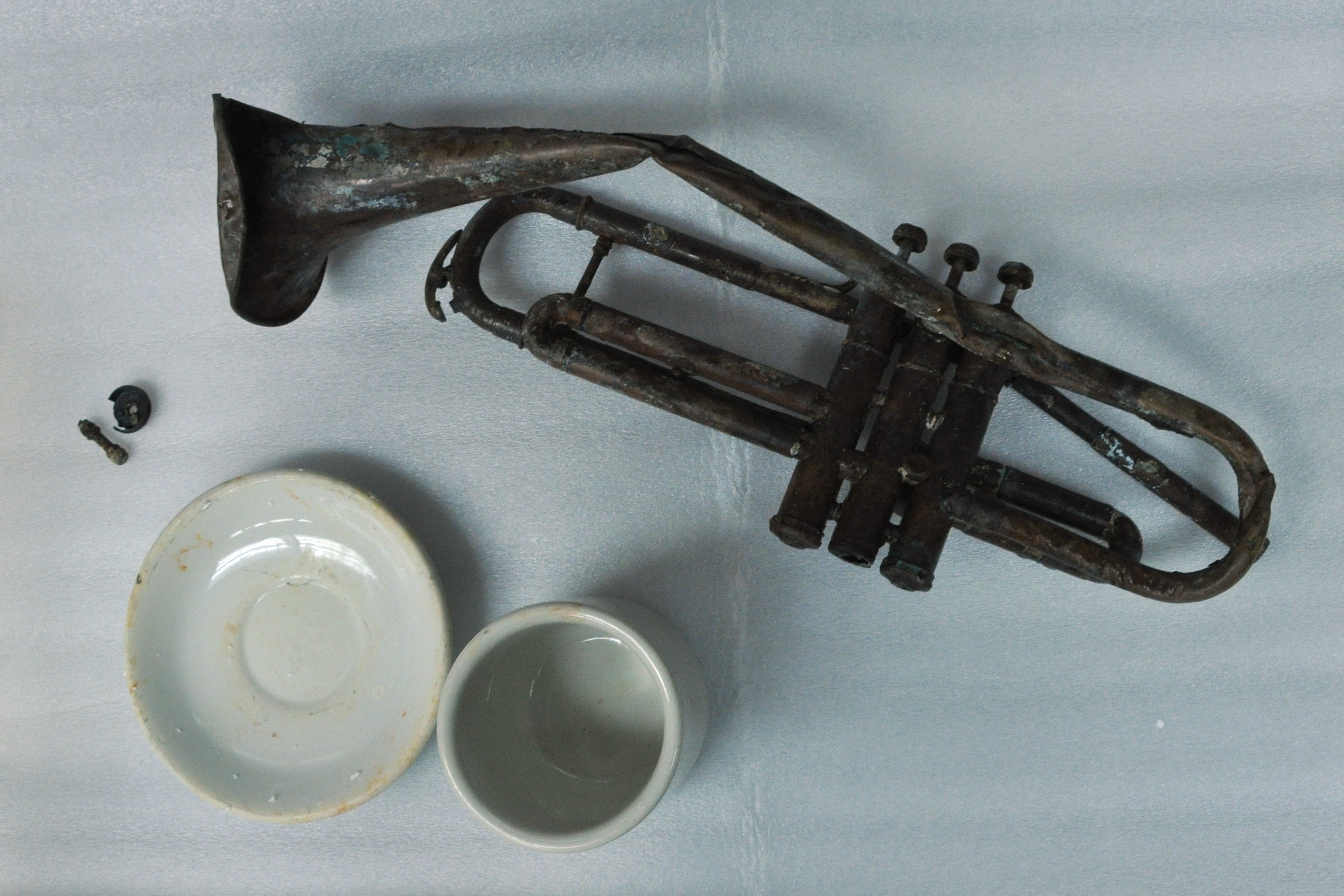
“We are encouraged that Houston is still there. However, the data is not detailed enough to determine if disturbance, especially small scale disturbance as noted previously, has continued,” Sam Cox, director of the Naval History and Heritage Command, said in a statement provided to USNI News.
“We take very seriously our obligation to remember the service of American and allied sailors who have made the ultimate sacrifice in defense of freedom. We’ll do everything we can, and work with everyone we must, to safeguard their final resting places.”
The U.S. and Australia view the ships – both sunk on March 1, 1942 during the Battle of Sunda Strait – as war graves and have been working with the government in Jakarta to protect the sites against illegal scrappers. More than 650 U.S. sailors and Marines died when Houston sank, and more than 350 died when Perth was sunk.
A 2014 survey found that salvage divers have entered Houston’s wreck and have taken brass fittings and other more valuable metal. The same survey found Perth had suffered more salvage damage.
While the new survey proved Houston is still largely intact, Perth’s status was less clear.

“Unfortunately the results of the sonar survey were inconclusive,” Australian National Maritime Museum Director Kevin Sumption said in an ANMM statement provided to USNI News.
“Very poor weather conditions at the time impacted on the quality of the images collected, and we just can’t say definitively what kind of disturbance there has been to the site… A physical dive on the site with both ANMM and [Indonesian] archeologists will be the only way to gain a clear picture of what remains of Perth.”
Perth has been the target of extensive salvage operations and has suffered more damage than Houston.
Still, the pair of Perth and Houston have fared better than Dutch, British and U.S. ships that have been raided and scrapped in the last years in the Java Sea.
All of the ships were sunk by the Imperial Japanese Navy in some of the costliest conflicts early in the war. The Japanese beat back Allied forces from former colonial holdings in Southeast Asia. The sailors who weren’t killed when their ships sank were captured by the Japanese and pressed into forced labor, with many working on the Burma-Thailand railway — the backdrop for the novel and film “Bridge Over the River Kwai.”
A separate survey found Royal Navy cruiser HMS Exeter and destroyer HMS Encounter have been totally removed, while the destroyer HMS Electra has been picked over. The U.S. diesel-electric attack submarine USS Perch (SS-176) – which was scuttled by its crew on March 3, 1942, and is not a war grave – has also been completely salvaged, according to a report in The Guardian.

The Dutch have also suffered loses – light cruiser HNLMS De Ruyter and cruiser HNLMS Java have had significant sections removed from the wrecks, and the destroyer HNLMS Kortenaer is completely gone.
British and Dutch officials have registered complaints with Jakarta over the salvage of the ships and implored the Indonesian government to do more to stop the illicit salvage, according to press reports.
Images over the last several years have emerged of salvage barges pulling up metal for scrap from wreck sites that are in Indonesian territorial waters. The wrecks are in relatively shallow water and are easily accessible by illegal salvage crews.
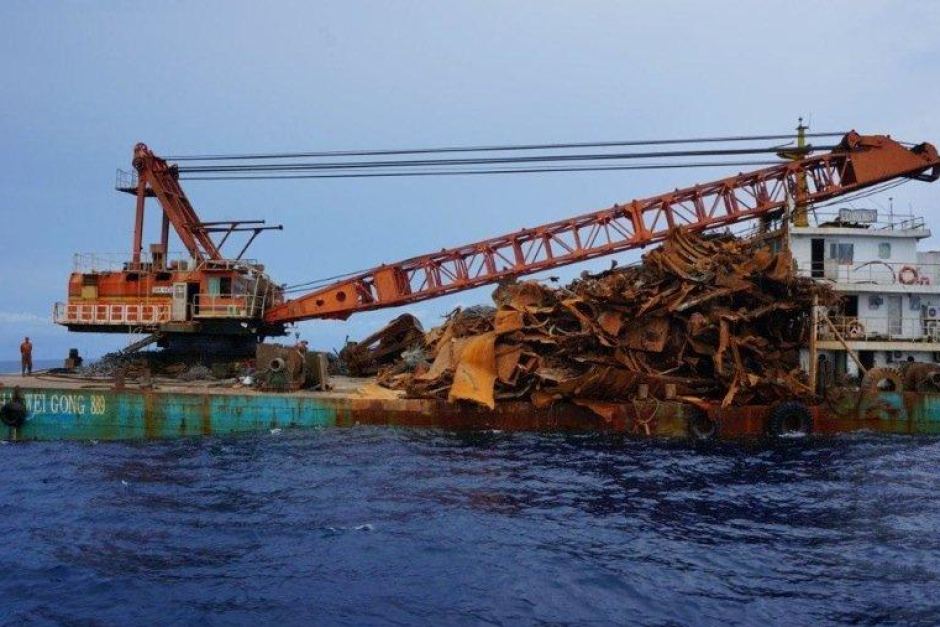
“We will continue to work with regional governments and partners to prevent inappropriate activity on the wrecks of Royal Navy vessels,” the U.K. Ministry of Defense said in a statement late last year.
“Where we have evidence of desecration of these sites, we will take appropriate action.”
While the U.S. and Australia have expressed concerns in private to Indonesian officials, USNI News understands, they have not taken as hard a line as the Dutch or the U.K. in their public statements.
“Whenever possible, the U.S. Navy works to enhance collaboration with its international partners and local authorities in areas where the wrecks are located, as well as other U.S. government agencies, to promote the preservation of these fragile historical and cultural resources which are a testament to the sacrifice of the sailors and Marines who served in them,” read the NHHC statement.
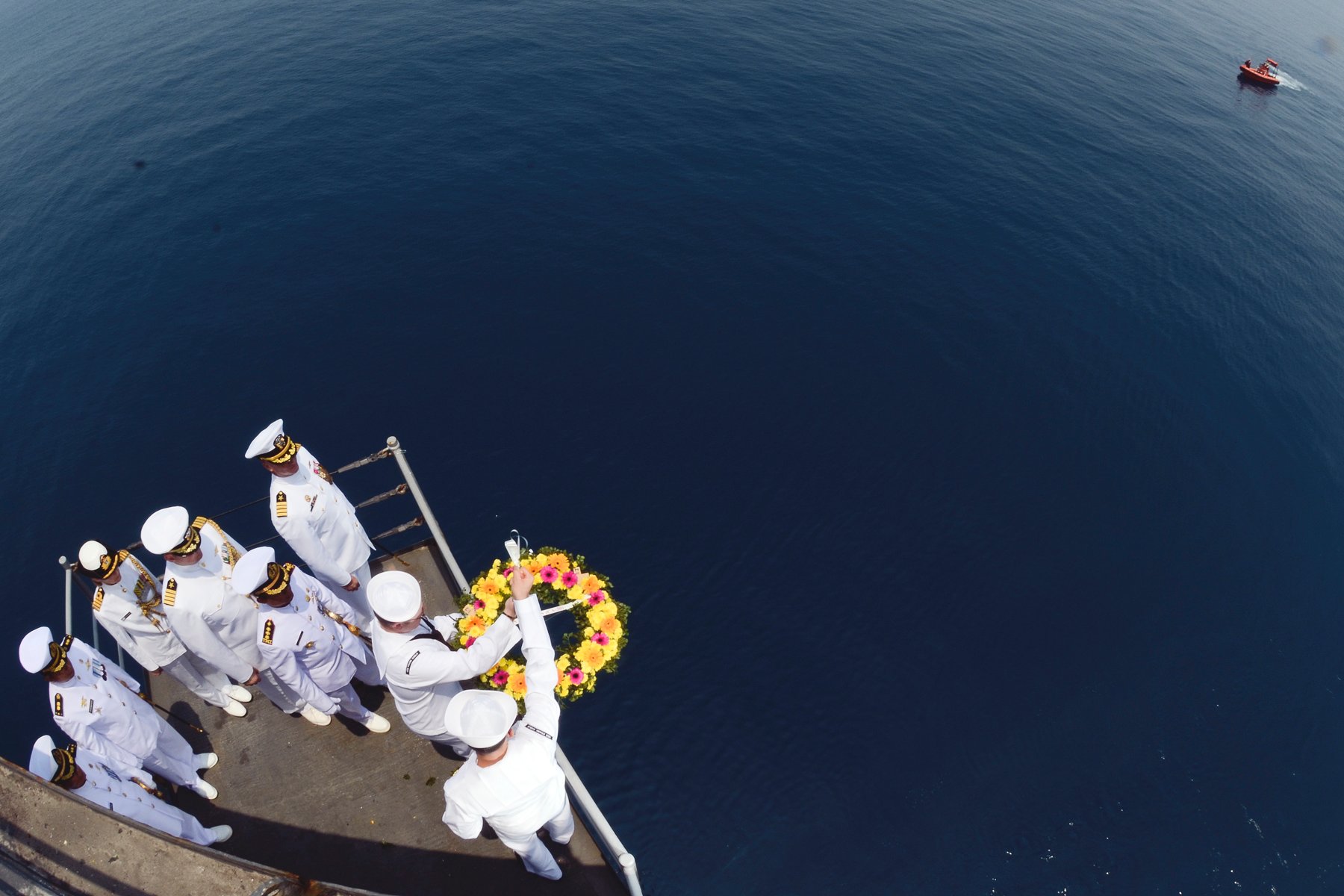
“The U.S. Government takes any desecration of a war grave like USS Houston, or any other Navy wreck on which sailors lost their lives, very seriously.”
The Department of the Navy has more than 17,000 sunken ships and aircraft around the world, the majority from World War II.



